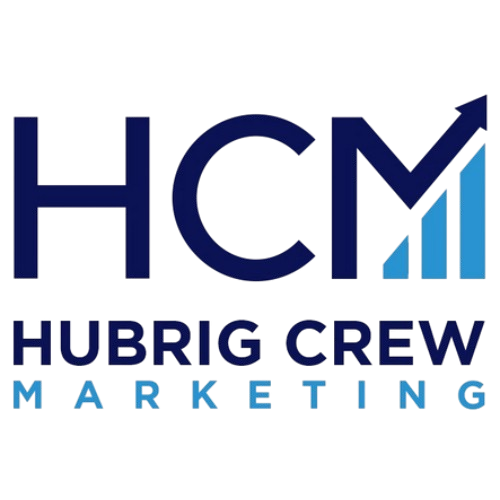Introduction to Modern Marketing
In the fast-paced world of commerce, marketing has transformed dramatically, evolving from broad, impersonal campaigns to highly targeted, personalized strategies. This journey began during the Industrial Revolution, marking a shift to mass production and a wider audience reach. As time progressed, the Sales Era introduced aggressive promotional tactics, leveraging new media like radio to capture consumer attention.
The birth of the Marketing Era in the 1990s redefined the landscape, focusing on understanding customer needs and enhancing experiences, as seen with iconic brands like Apple. Today, the digital age has further revolutionized marketing, offering diverse channels such as social media and search engines to connect with audiences more effectively.
Integrating direct and digital marketing is vital in achieving cohesive strategies that maximize effectiveness. Aligning these approaches ensures consistent messaging and leverages data integration to personalize efforts, ultimately enhancing customer engagement.
While digital methods dominate, traditional marketing techniques like billboards and direct mail remain relevant, proving effective when combined with modern strategies. By embracing both the old and new, businesses can craft a holistic approach that resonates with today’s diverse consumer base.
Understanding Direct Marketing
Direct marketing is a targeted advertising approach that directly communicates information about a product or business to individual customers, bypassing mass distribution channels. Its main purpose is to establish a one-on-one conversation between a brand and potential customers, encouraging specific actions like visiting a website or making a purchase.
Common methods of direct marketing include direct mail, email, and telemarketing. Each method leverages personalization to enhance engagement. For instance, email marketing sends tailored messages or newsletters, while telemarketing facilitates immediate feedback through phone interactions.
“Statistics indicate that targeted advertisements are twice as effective as non-targeted ads.”
Targeted communication enhances marketing effectiveness by focusing on specific audience segments. This precision in messaging not only improves engagement rates but also boosts ROI by reaching individuals genuinely interested in the products or services offered. Moreover, it optimizes budget utilization, ensuring resources are directed towards audiences more likely to convert.
In the modern marketplace, the power of direct marketing lies in its ability to create personalized interactions, making it an invaluable component of a comprehensive marketing strategy.
Exploring Digital Marketing
Digital marketing is the strategic use of digital channels like websites, mobile apps, social media, and search engines to promote products and services. This approach shares principles with traditional marketing but is distinct due to its interactive nature and reliance on diverse digital platforms.
The scope of digital marketing is broad, encompassing several key components:
- SEO (Search Engine Optimization): Enhances website visibility by optimizing for search engines.
- Social Media Marketing: Engages audiences through platforms like Facebook and Instagram.
- Online Advertising: Includes tactics like Google Ads and pay-per-click advertising.
One of the compelling advantages of digital marketing over traditional methods is cost-effectiveness. Businesses can create targeted campaigns without significant financial burdens, making it accessible even for small enterprises. Additionally, digital marketing allows for precise targeting and real-time adjustments, ensuring higher ROI and adaptability.
Statistics indicate that digital marketing can reach billions of potential customers globally, offering unmatched reach and engagement opportunities. When comparing costs, digital methods typically offer a better return on investment compared to traditional advertising like print or TV, as shown in the table below:
| Method | Average Cost |
|---|---|
| Digital Marketing | Lower |
| Traditional Marketing | Higher |
Embracing digital marketing is crucial for businesses aiming to thrive in today’s digital-first marketplace, offering both cost savings and enhanced customer engagement.
The Synergy of Direct and Digital Marketing
In today’s marketing landscape, the integration of direct and digital marketing strategies offers businesses a powerful combination to maximize reach and effectiveness. By aligning these approaches, marketers can create a more comprehensive and engaging customer experience.
Successful campaigns like Nike’s “Just Do It” and Coca-Cola’s “Share a Coke” illustrate how integrating digital elements with traditional methods can significantly boost engagement and sales. Nike, for example, leveraged user-generated content on social media, resulting in over 8 million Instagram posts, while Coca-Cola’s personalized bottles led to a 2.5% increase in sales.
Creating a holistic marketing strategy involves weaving together direct and digital channels to ensure a consistent brand message. This approach not only amplifies each tactic but also fosters long-term customer relationships. Key methods include using data from online campaigns to personalize direct mail and employing digital tie-ins like QR codes to connect offline and online experiences.
By embracing the synergy between direct and digital marketing, businesses can enhance customer engagement and drive better results, ultimately achieving a seamless and effective marketing strategy. For more insights on leveraging social media in your marketing efforts, check out our guide on paid social strategies.
Implementing Effective Strategies
To master direct marketing, begin by personalizing your content. Use recipients’ names and preferences to make them feel valued. Keep your database fresh to ensure your efforts reach the right audience. Integrate your direct mail strategy with digital channels like email and social media for consistent messaging and enhanced brand recognition.
In the digital realm, focus on key tactics such as SEO and content marketing to improve visibility and engagement. Utilize tools like Google Ads for targeted SEM campaigns and leverage social media to reach broader audiences. Remember, video marketing can engage up to 85% more viewers, making it a crucial component of your strategy.
For measuring success, understanding ROI in marketing is vital. Utilize metrics like sales revenue, CPA, and customer retention rate to assess performance. Define clear objectives and KPIs to track your campaigns effectively. “Measuring ROI enhances accountability and helps in identifying high-performing channels,” ensuring your marketing efforts are both efficient and impactful.
For more insights on effective marketing strategies, visit Hubrig Crew Marketing.
Frequently Asked Questions
What is Digital Marketing? Digital marketing involves promoting businesses through online channels like social media, search engines, and email to effectively engage with target audiences and drive sales.
Is social media marketing suitable for all businesses? While beneficial for most, its success depends on aligning platforms with your audience’s preferences and business goals. Tailor your approach for maximum impact.
How can email marketing be integrated with digital strategies? Email marketing can be enhanced by using data analytics to segment audiences and integrate with social media campaigns for broader reach.
Does more money guarantee success in digital marketing? Not necessarily. A strategic approach focusing on targeted audiences and data-driven decisions is key to maximizing ROI, regardless of budget size.
Is email marketing still effective? Absolutely. Despite misconceptions, email marketing remains a strong tool for engagement and conversion when personalized effectively.
For more insights, explore our sections on integrating direct and digital marketing strategies.
Conclusion: Key Takeaways
In today’s rapidly evolving marketplace, the integration of direct and digital marketing strategies is not just beneficial but essential for success. By combining the targeted outreach of direct marketing with the expansive reach of digital channels, businesses can create a comprehensive strategy that maximizes engagement and conversion.
The future of marketing lies in understanding the unique strengths of each approach and leveraging them effectively. As digital technologies advance, the role of analytics and strategic planning becomes increasingly important. Businesses need to focus on delivering cohesive messaging across all platforms, ensuring brand consistency and customer loyalty.
Adopting a holistic approach empowers businesses to navigate the complexities of modern marketing. By embracing both direct and digital tactics, companies can build strong, lasting relationships with their customers. This strategy ensures they stay competitive and relevant in an ever-changing digital landscape.
Ultimately, success in the digital age demands adaptability and integration. By committing to a unified marketing approach, businesses can unlock significant growth opportunities and drive sustainable success.



